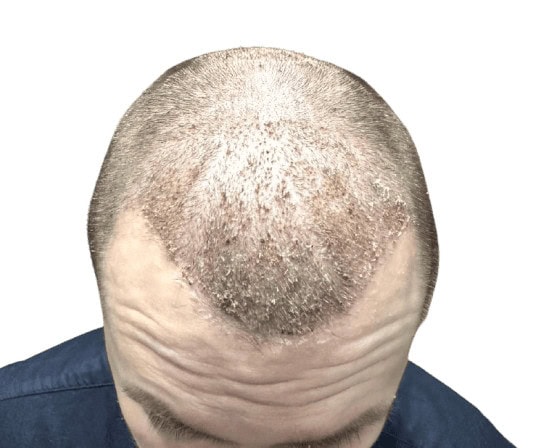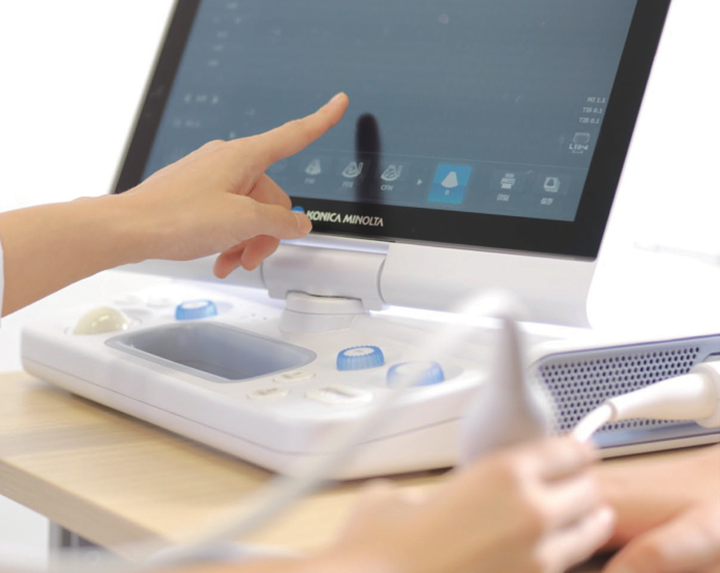Hair restoration has seen major advancements in recent years, with techniques evolving to offer better results, less downtime, and minimized discomfort. Among these innovations, hybrid procedures are becoming a preferred option for individuals seeking effective solutions with less trauma to the scalp. Hybrid Hair Transplant in Dubai is emerging as a leading technique, combining the best of both Follicular Unit Extraction (FUE) and Direct Hair Implantation (DHI) to maximize graft survival while reducing injury to the scalp.
What Is a Hybrid Hair Transplant?
Hybrid hair transplant is a technique that combines two of the most advanced and minimally invasive procedures in hair restoration—FUE and DHI. Each method has its strengths, but when combined, they provide a tailored solution that minimizes complications, reduces downtime, and improves aesthetic results.
- FUE (Follicular Unit Extraction): Grafts are harvested one by one from the donor area using a punch tool, avoiding a large linear scar.
- DHI (Direct Hair Implantation): Hair follicles are implanted directly into the recipient area using a special implanter pen, allowing for greater precision and density.
Why Is This Considered a ‘Hybrid’ Method?
In a hybrid approach, FUE is used for graft extraction while DHI handles the implantation. This dual strategy ensures a less invasive extraction process and a highly controlled implantation procedure—ideal for reducing trauma and boosting success rates.

How Does a Hybrid Hair Transplant Work?
Let’s break down the step-by-step process to understand how hybrid hair transplantation is performed and why it minimizes trauma.
Preparation and Evaluation
Every hybrid transplant begins with a comprehensive scalp analysis. Specialists assess the density of the donor area, the degree of hair loss, and the overall health of the scalp. This evaluation ensures the transplant is customized to each patient, leading to better planning and fewer complications.
FUE Extraction
Using a micro-punch tool (usually between 0.6 to 0.9 mm in diameter), individual follicular units are extracted from the donor site. This technique avoids the large scars associated with traditional strip surgeries and causes minimal disruption to surrounding tissue.
Graft Preservation
Extracted follicles are kept in a nutrient-rich solution to preserve their vitality. The reduced out-of-body time during the hybrid procedure ensures that grafts remain healthy and viable for implantation.
DHI Implantation
Instead of making recipient site incisions beforehand, the DHI method uses an implanter pen to insert follicles directly into the scalp. This pen allows precise angle, depth, and direction control—crucial for natural-looking hairlines and denser coverage.
How It Reduces Scalp Trauma?
The most compelling advantage of the hybrid technique is its gentleness on the scalp. Here’s how this method helps reduce trauma compared to conventional techniques:
Minimal Incisions
Traditional methods, such as Follicular Unit Transplantation (FUT), involve removing a strip of scalp, which can be quite invasive. FUE uses tiny punches, and DHI eliminates the need for channel incisions altogether. This means fewer cuts, reduced bleeding, and a lower risk of complications.
Controlled Depth and Direction
The DHI implanter pen provides surgeons with high precision, minimizing unnecessary damage to surrounding tissues. This level of control reduces inflammation, which is often a side effect of trauma during implantation.
No Pre-Made Channels
Unlike older methods that require slits or holes to be made in advance for graft insertion, DHI implants the follicle directly into the scalp. This one-step process reduces stress on the skin and allows quicker healing.
Faster Recovery
Less trauma translates into faster recovery. Most patients can return to their normal routines within a week. Scabbing is lighter, redness is minimized, and overall scalp sensitivity resolves more quickly.
Benefits Beyond Reduced Trauma
While reduced trauma is a major draw, hybrid hair transplants offer a number of additional advantages that make them appealing to both patients and professionals.
Natural Results
Combining FUE and DHI allows for higher placement accuracy, which results in more natural-looking hairlines and density patterns. Hair growth mimics natural hair behavior, making the results difficult to distinguish from native hair.
Higher Graft Survival Rate
The quicker and more precise implantation process preserves graft viability. The hybrid technique maintains optimal hydration and reduces exposure time, increasing graft survival rates significantly.
Customization
Doctors can selectively use the best method for different scalp zones. For example, FUE may be better suited for larger surface areas like the crown, while DHI is ideal for fine-tuning the frontal hairline.
Lower Risk of Scarring
With smaller punches and a direct implantation approach, the hybrid technique leaves minimal visible scars. This is especially valuable for patients who prefer short hairstyles or want to avoid signs of surgery.
Who Is the Ideal Candidate?
While the hybrid hair transplant method can benefit many individuals, some are particularly well-suited for this approach.
| Ideal Candidate | Not Recommended For |
|---|---|
| Early to moderate hair loss | Advanced baldness with insufficient donor area |
| Patients seeking minimally invasive options | Individuals with uncontrolled medical conditions |
| Those wanting natural, dense hairlines | Patients with unrealistic expectations |
| People concerned about downtime and scars | Pregnant or nursing women |
A thorough consultation with a hair restoration specialist will determine whether you qualify for a hybrid procedure.
Common Treatment Areas for Hybrid Hair Transplants
The hybrid technique is versatile and can be used for various scalp regions. It’s not restricted to male pattern baldness but can also help with patchy loss, scars, and thinning zones.
| Area | Treatment Objective |
|---|---|
| Frontal Hairline | Precision placement and natural curvature |
| Crown Area | High-density restoration using FUE |
| Temples | Reconstructing receding angles |
| Beard & Eyebrows | Detailed shaping with DHI |
Safety and Clinical Support
Numerous clinical studies support the safety and efficacy of both FUE and DHI techniques, individually and when combined. The hybrid technique leverages the advantages of both, with minimal risk involved.
| Safety Feature | Description |
|---|---|
| Local Anesthesia | Ensures comfort during the procedure |
| No General Surgery | Reduces complication risks |
| FDA-Approved Equipment | High-standard, sterile tools |
| Quick Post-Op Healing | Most patients recover within a week |
How Many Sessions Are Required?
The number of sessions depends on the degree of hair loss and the desired density. On average, most patients only need one well-planned session. In cases of advanced loss, a second session may be considered after 12 months.
| Sessions Needed | Expected Results |
|---|---|
| One session | Full coverage with natural aesthetics |
| Two sessions | Enhanced density for severe baldness |
FAQs
Does the hybrid hair transplant leave scars?
Scarring is minimal due to the micro-punch tools used in FUE and the non-incisional nature of DHI. In most cases, scars are virtually invisible.
Is the hybrid procedure painful?
The procedure is performed under local anesthesia, and patients typically report only mild discomfort or tightness afterward.
How soon can I return to work?
Many patients return to normal work within 3 to 5 days, especially if their job does not require physical exertion.
When will new hair start to grow?
Shedding of transplanted hairs occurs within 2 to 3 weeks, with regrowth typically starting by the third month. Full results are visible in 9 to 12 months.
Is the result permanent?
Yes, the transplanted hair is usually permanent because the grafts are taken from the genetically resistant donor zone.
Final Thoughts
The Hybrid Hair Transplant is a cutting-edge solution for hair restoration that offers more than just cosmetic improvement. By minimizing trauma to the scalp, it ensures a more comfortable experience, shorter downtime, and better long-term outcomes. This modern method blends precision with care, allowing individuals to restore their confidence without undergoing invasive surgery.




